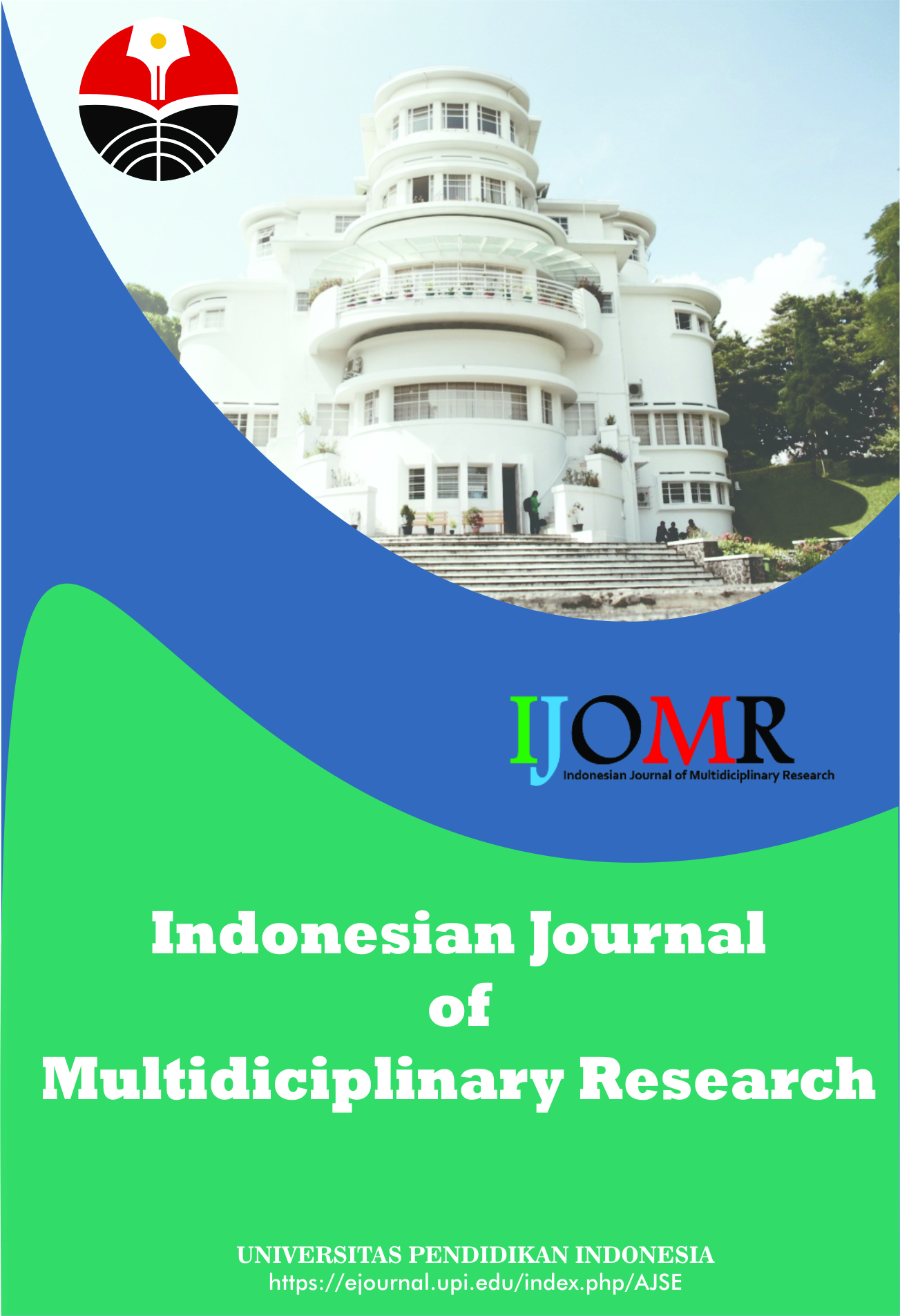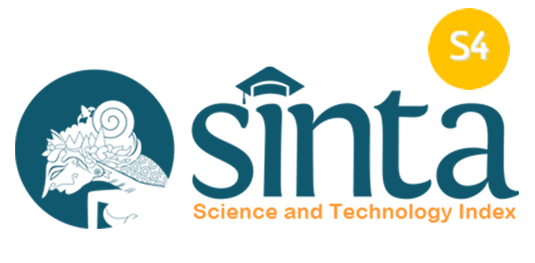Consumption Analysis of Children with Lack Nutrition at the Patient Health Center
Abstract
The number of malnutrition toddlers still exceeds the minimum number set on a national scale in Indonesia. Malnutrition occurs because of the lack of diversity in food consumption and fulfillment of energy and macronutrients in the consumption. The purpose of this research was to determine the diversity of food consumption and the level of fulfillment of energy consumption in malnutrition toddlers. The method in this research is the descriptive-analytical method with a quantitative research approach. The sampling technique uses total sampling, which includes all members of the population as samples. Diversity of consumption and level of energy fulfillment were obtained by interview using food frequency questionnaire and food recall 2x24 hours. The results of the research based on the diversity of consumption showed that the types of food commonly consumed by toddlers were rice (staple food); eggs, chicken, and fish (animal side dishes); tofu and tempeh (vegetable side dishes); spinach and carrots (vegetables); and papaya and banana (fruits). Based on the results of research on the level of energy fulfillment, as many as 39 toddlers have a deficit in energy consumption, 13 toddlers have a protein consumption deficit, 32 toddlers have a fat deficit, and 25 toddlers have a carbohydrate deficit. Recommendations in this research are addressed to the hospital to conduct outreach activities regarding knowledge of the diversity of food consumption and nutrients in foodstuffs.
Keywords
Full Text:
PDFReferences
Alamsyah, D., Mexitalia, M., Margawati, A., Hadisaputro, S., and Setyawan, H. (2017). Beberapa faktor risiko gizi kurang dan gizi buruk pada balita 12-59 bulan (studi kasus di kota Pontianak). Jurnal Epidemiologi Kesehatan Komunitas, 2(1), 46-53.
Diniyyah, S. R., and Nindya, T. S. (2017). Asupan energi, protein dan lemak dengan kejadian gizi kurang pada balita usia 24-59 bulan di Desa Suci, Gresik. Amerta Nutrition, 1(4), 341-350.
Firman, A. N., and Mahmudiono, T. (2018). Kurangnya Asupan Energi Dan Lemak Yang Berhubungan Dengan Status Gizi Kurang Pada Balita Usia 25-60 Bulan. The Indonesian Journal of Public Health, 13(1), 48-58.
Herman, H., Arifuddin, A., and Humaerah, A. (2016). Perilaku Pengasuhan Ibu Pada Balita Gizi Kurang di Wilayah Kerja Puskesmas Birobuli. Preventif: Jurnal Kesehatan Masyarakat, 7(2), 1-58
Lutviana, E., and Budiono, I. (2010). Prevalensi dan determinan kejadian gizi kurang pada balita. KEMAS: Jurnal Kesehatan Masyarakat, 5(2), 138-144.
Nurcahyo, K., and Briawan, D. (2010). Konsumsi pangan, penyakit infeksi, dan status gizi anak balita pasca perawatan gizi buruk. Jurnal Gizi dan Pangan, 5(3), 164-170.
Nurtina, W. O., Amiruddin, A., and Munir, A. (2017). Faktor risiko kejadian gizi kurang pada balita di wilayah kerja puskesmas benu-benua kota Kendari. AMPIBI: Jurnal Alumni Pendidikan Biologi, 2(1), 21-27.
Rohimah, E., Kustiyah, L., and Hernawati, N. (2015). Pola konsumsi, status kesehatan dan hubungannya dengan status gizi dan perkembangan balita. Jurnal Gizi dan Pangan, 10(2), 93-100.
Susanti, I., Pambayun, R., and Febry, F. (2012). Gambaran Faktor-faktor yang Mempengaruhi Status Gizi Anak Umur 2-5 Tahun pada Keluarga Petani di Desa Pelangki Kecamatan Muaradua Kabupaten OKU Selatan. Jurnal Ilmu Kesehatan Masyarakat, 3(2), 96-107.
Umar, F., and Nurmaallah, M. (2018). Analisis pola konsumsi sayur dan buah dengan perkembangan motorik halus anak di Paud Terpadu Nusa Indah kota Parepare. Jurnal Ilmiah Manusia Dan Kesehatan, 1(2), 98-106.
DOI: https://doi.org/10.17509/ijomr.v1i2.37854
Refbacks
- There are currently no refbacks.
Copyright (c) 1970 Kantor Jurnal dan Publikasi, Universitas Pendidikan Indonesia (UPI)

This work is licensed under a Creative Commons Attribution-ShareAlike 4.0 International License.
Indonesian Journal of Multidiciplinary Research (IJOMR) is published by Universitas Pendidikan Indonesia (UPI)















